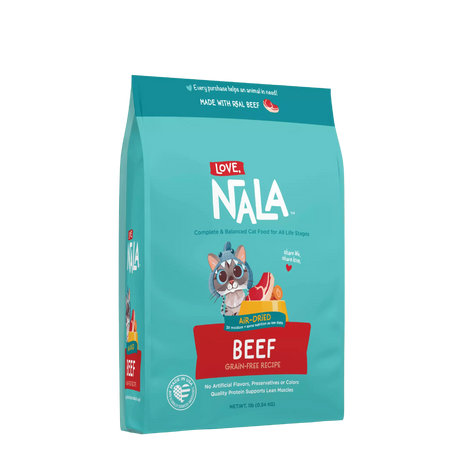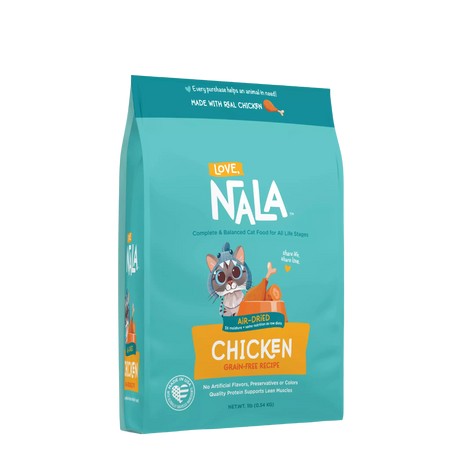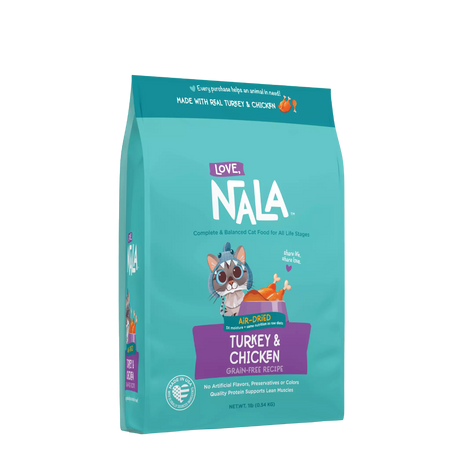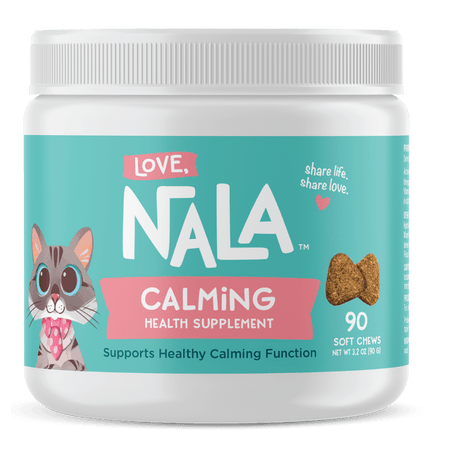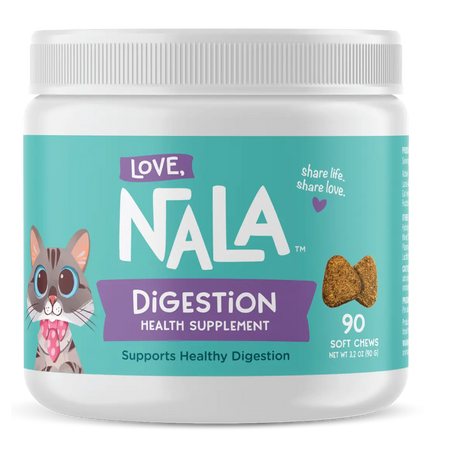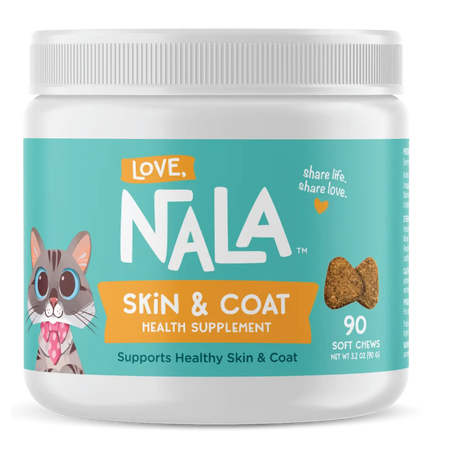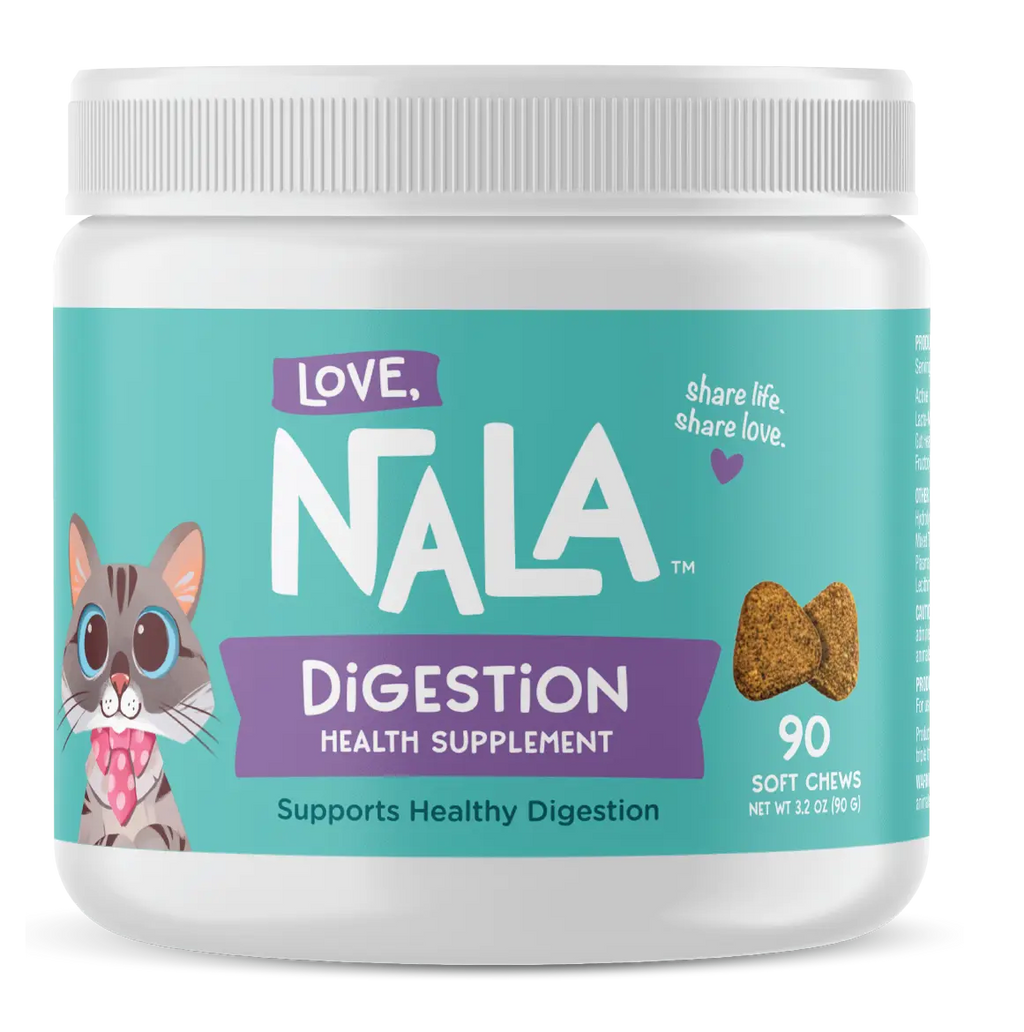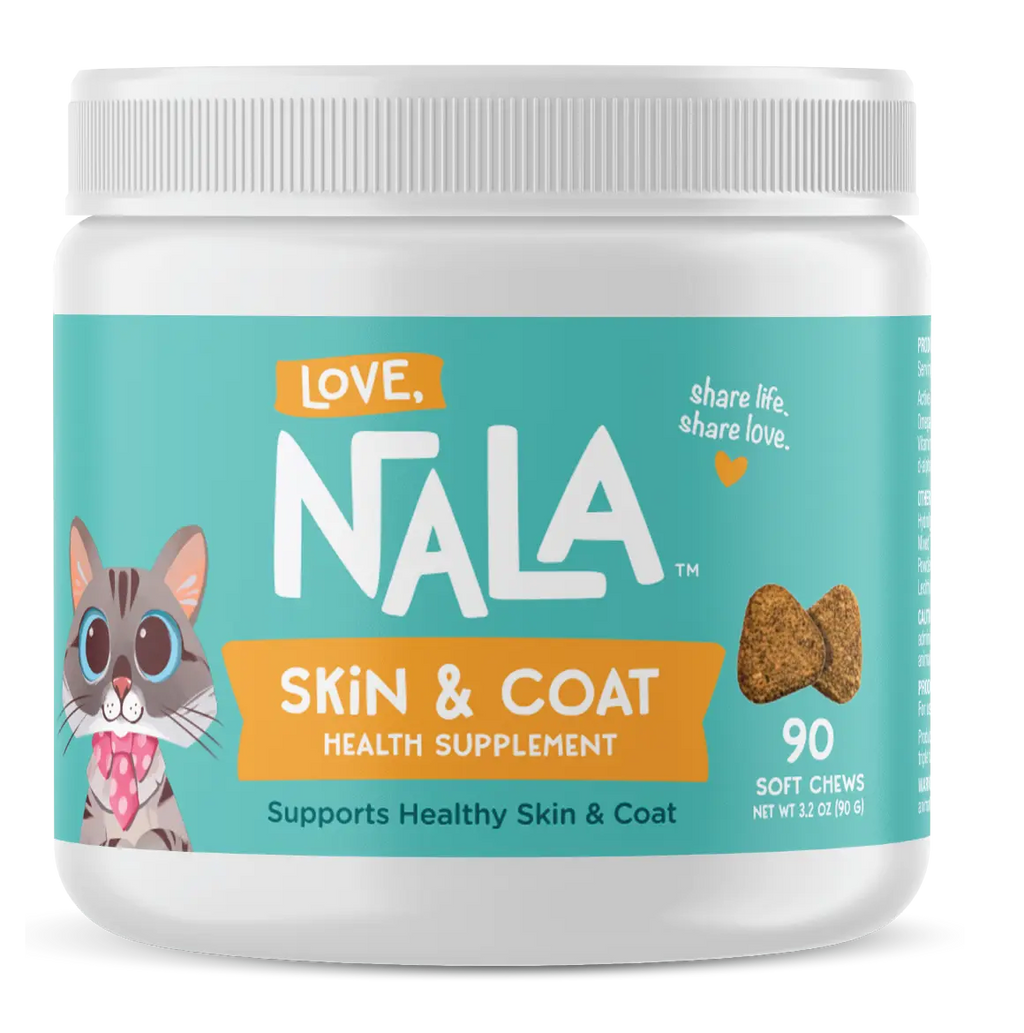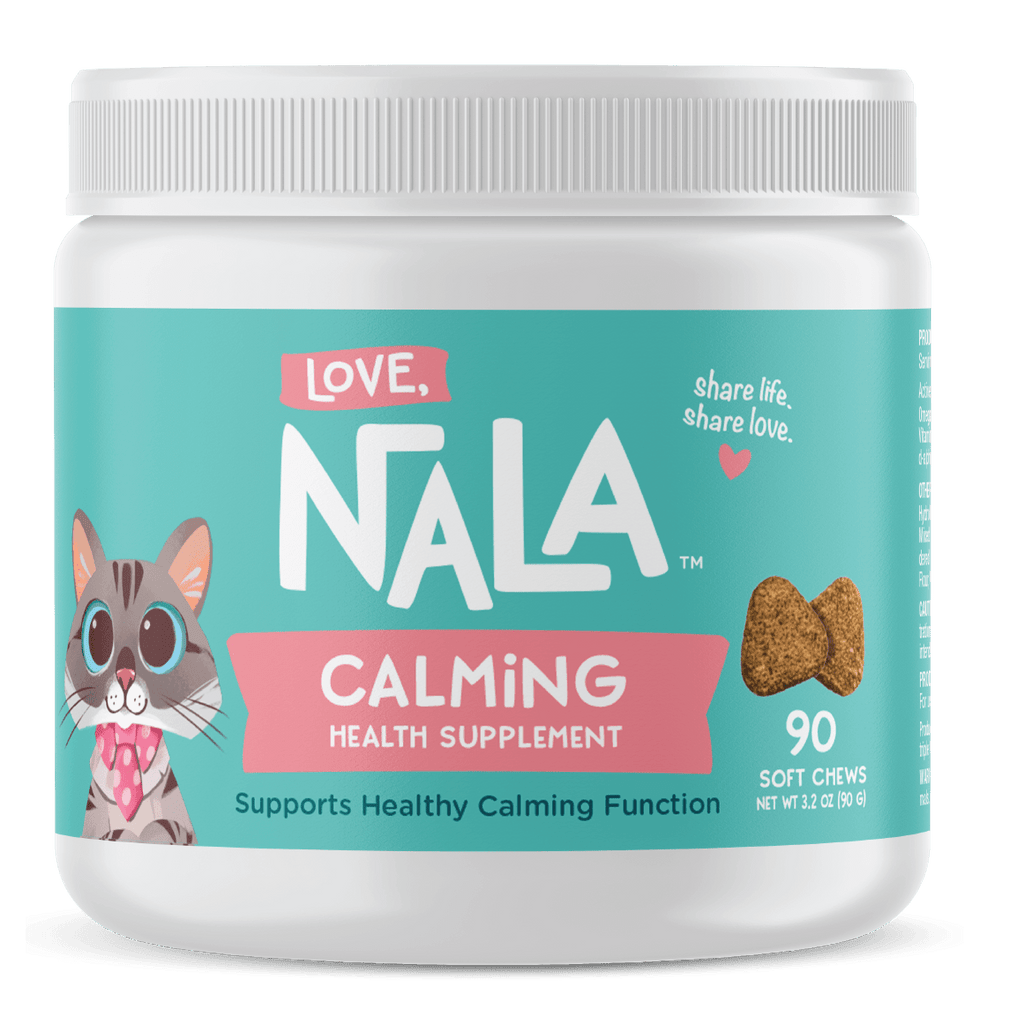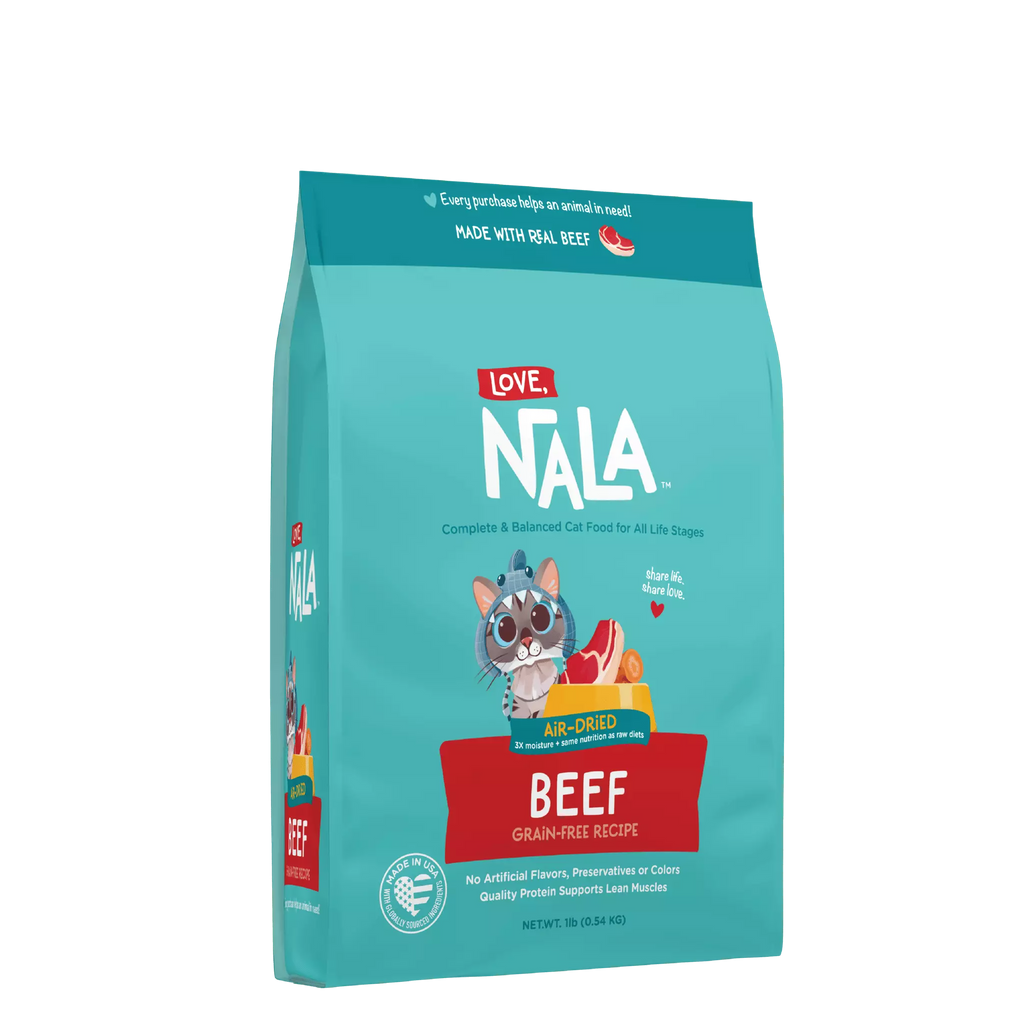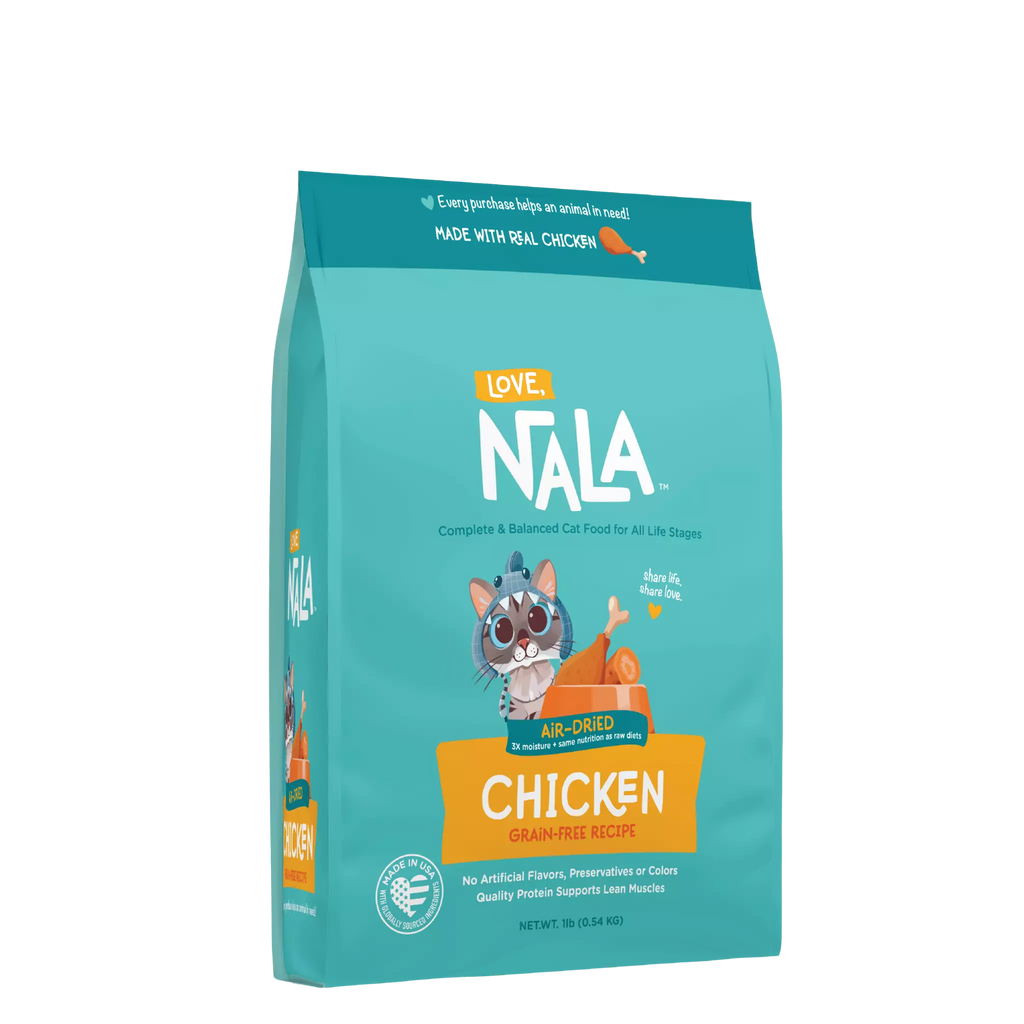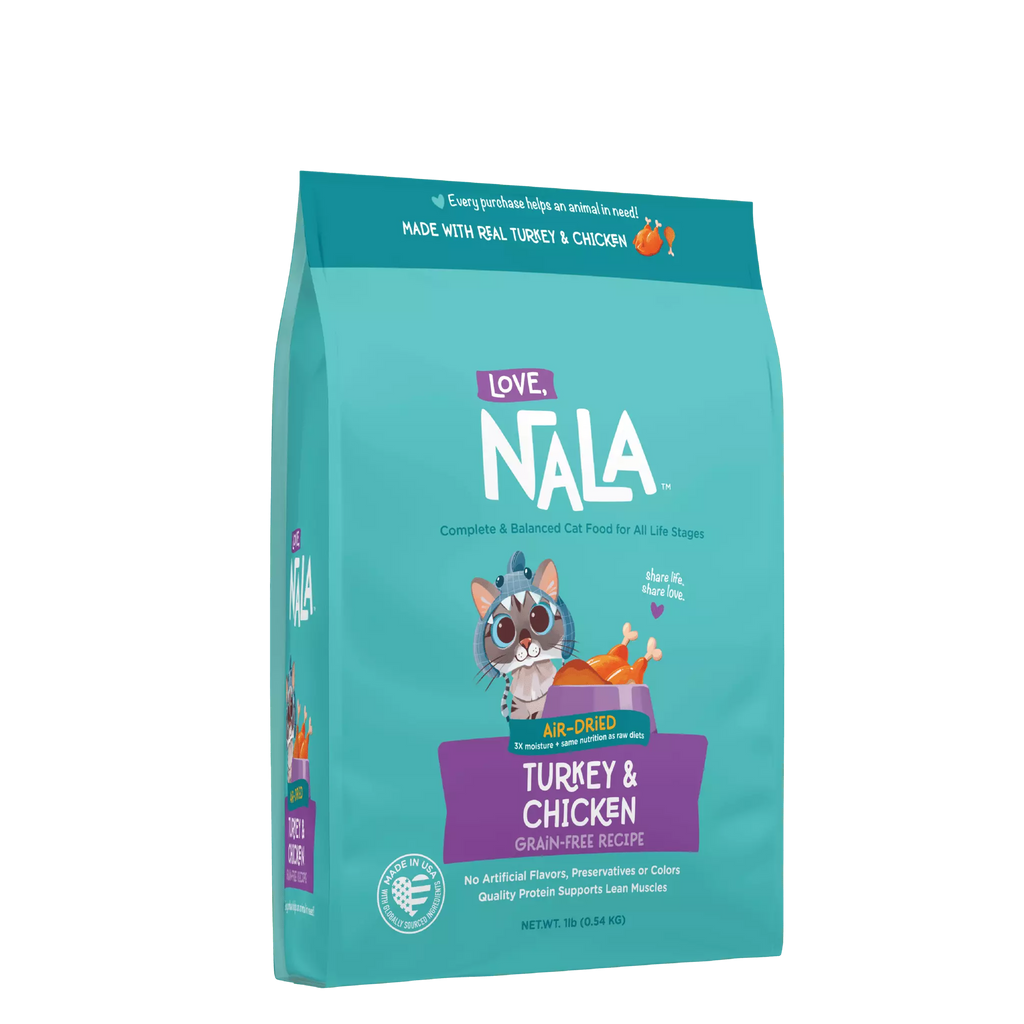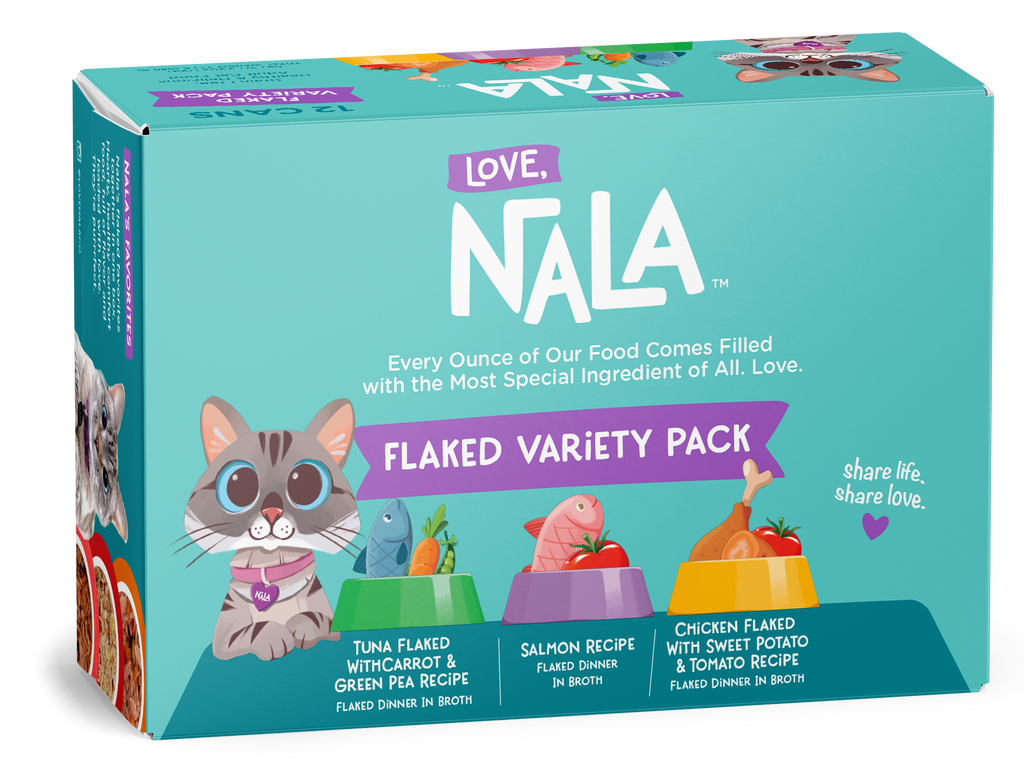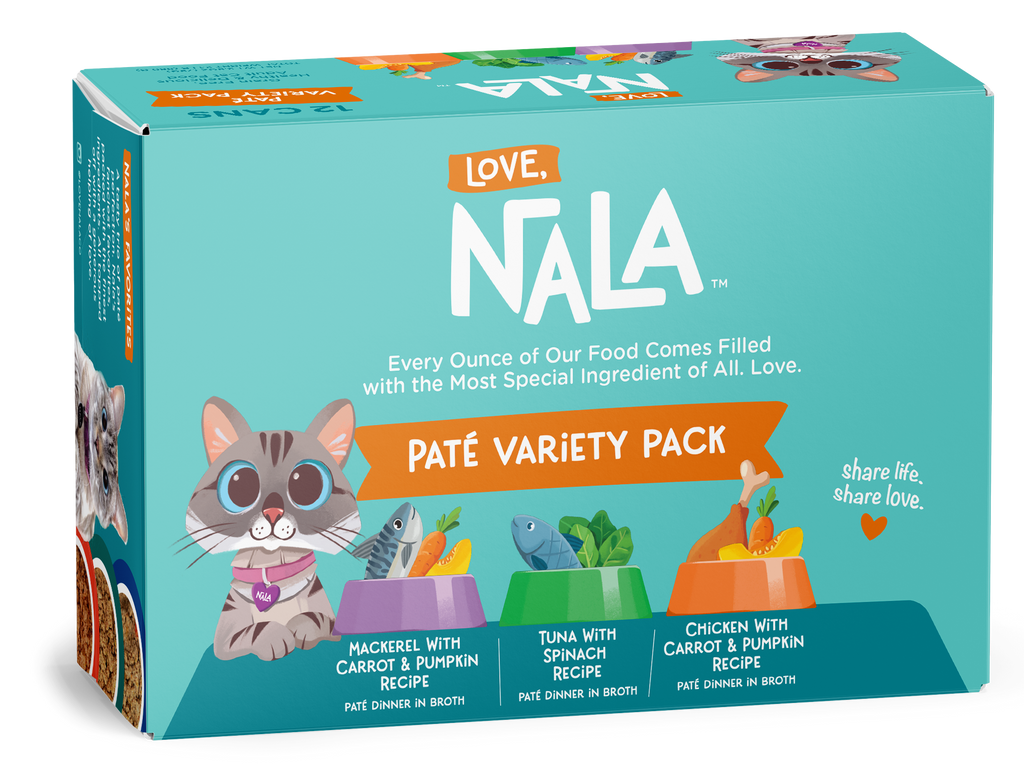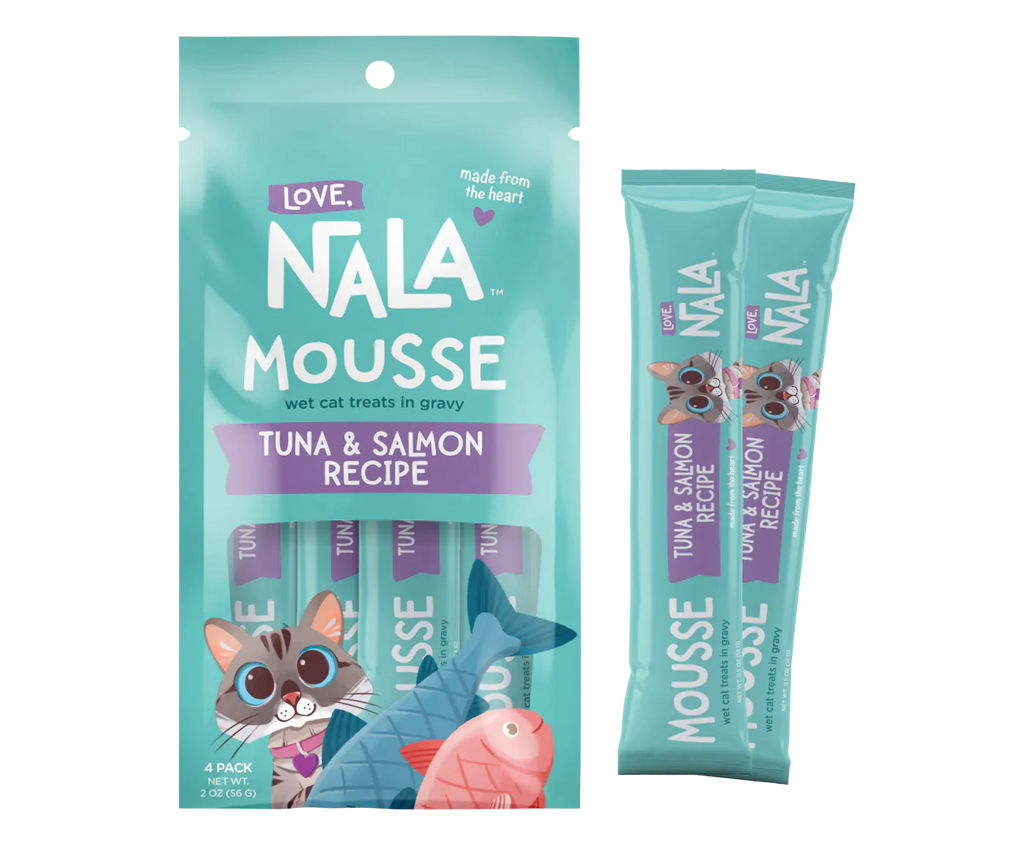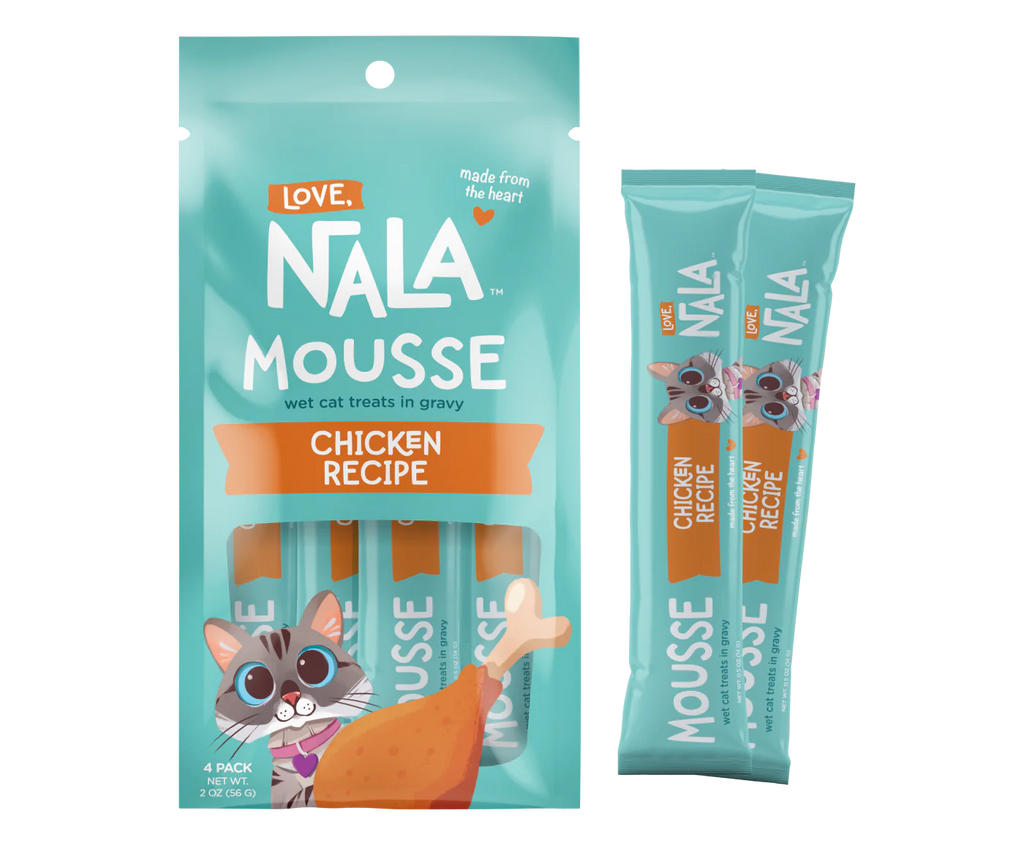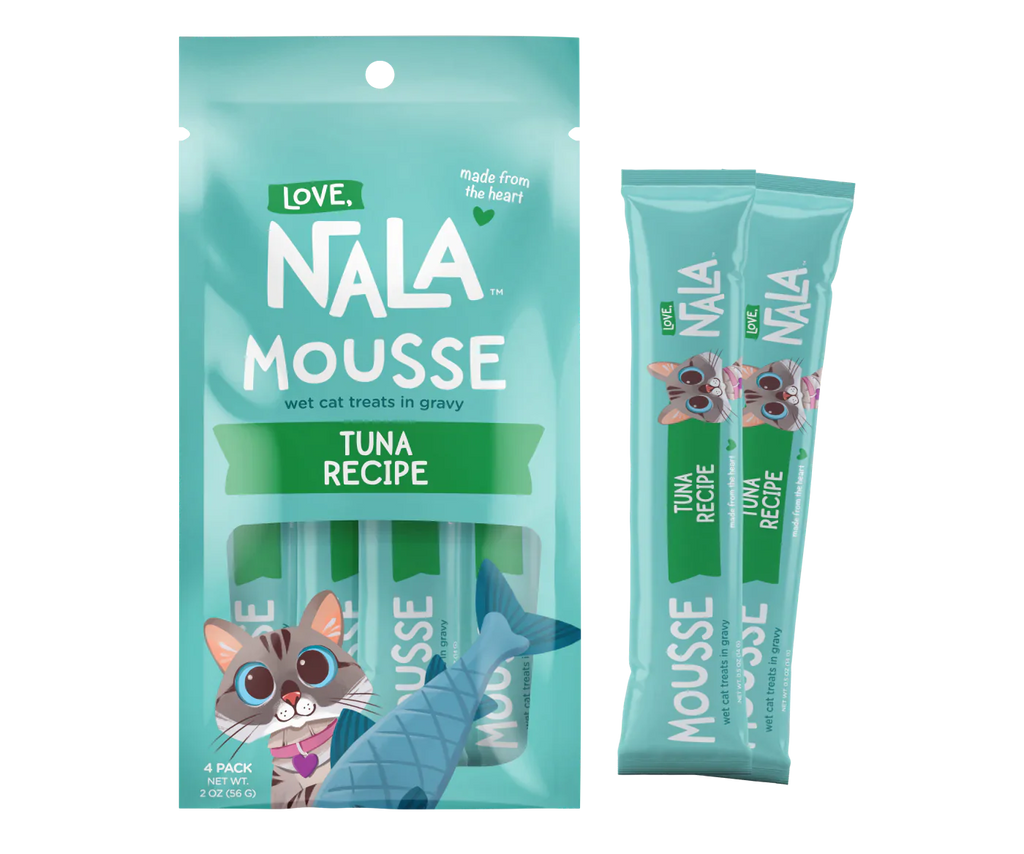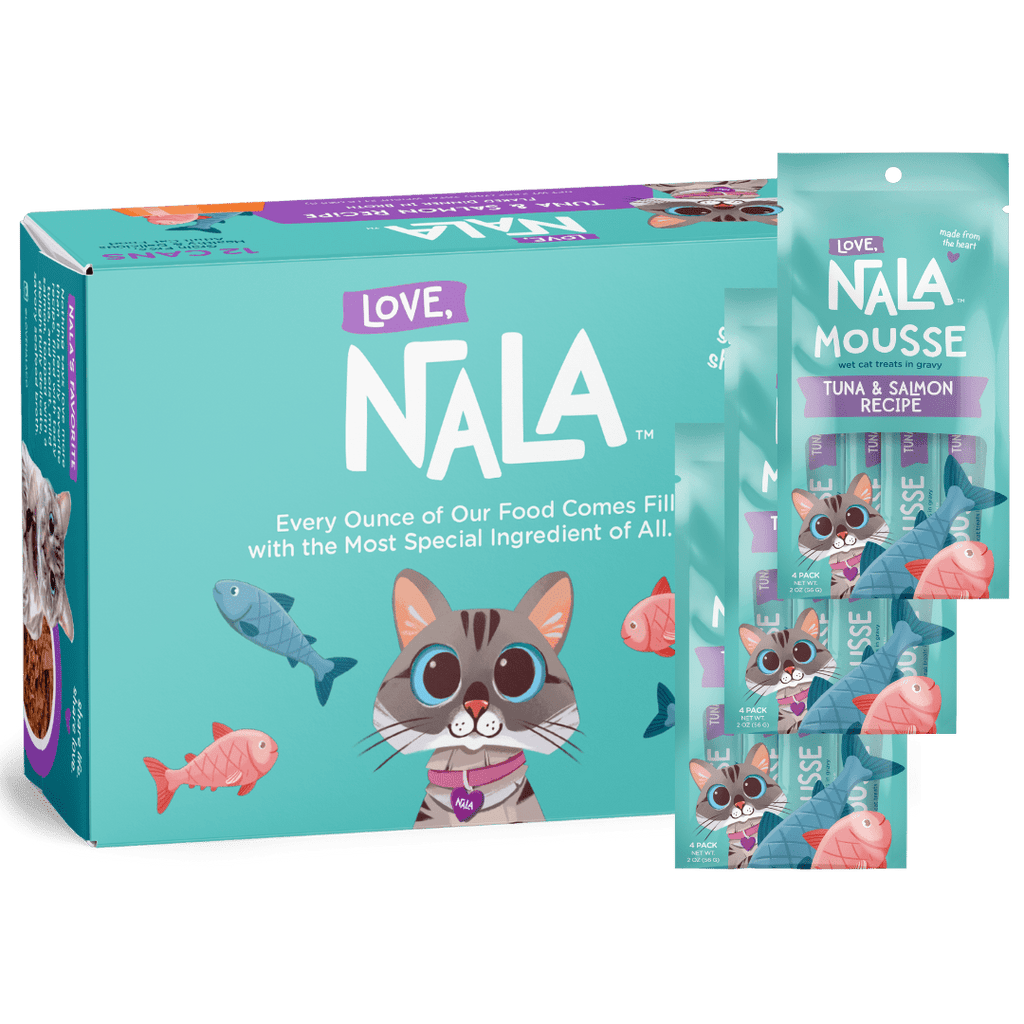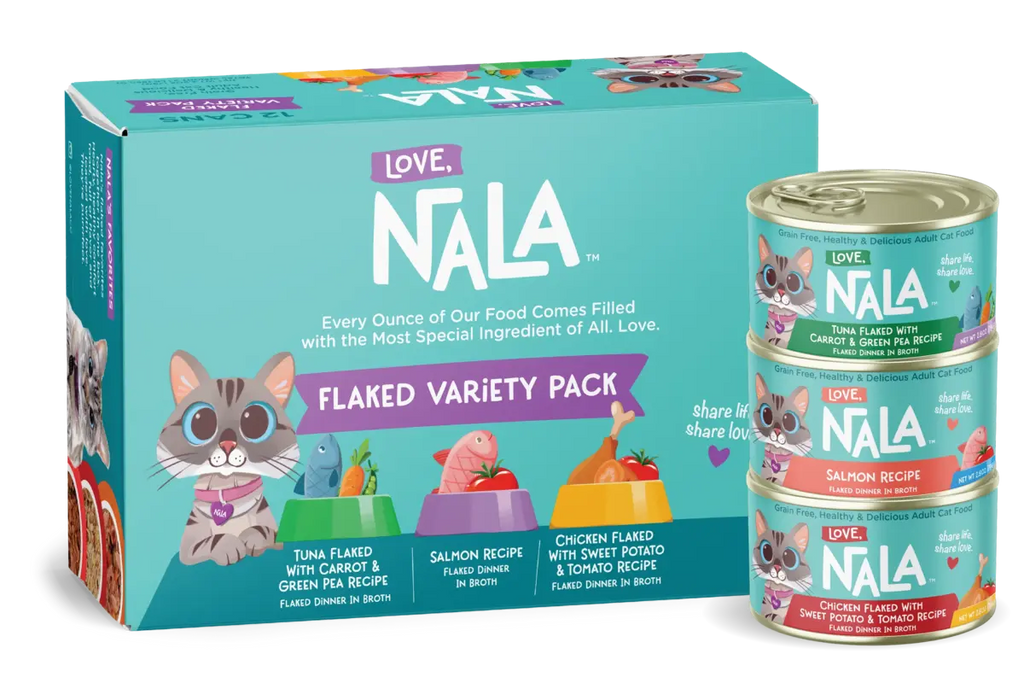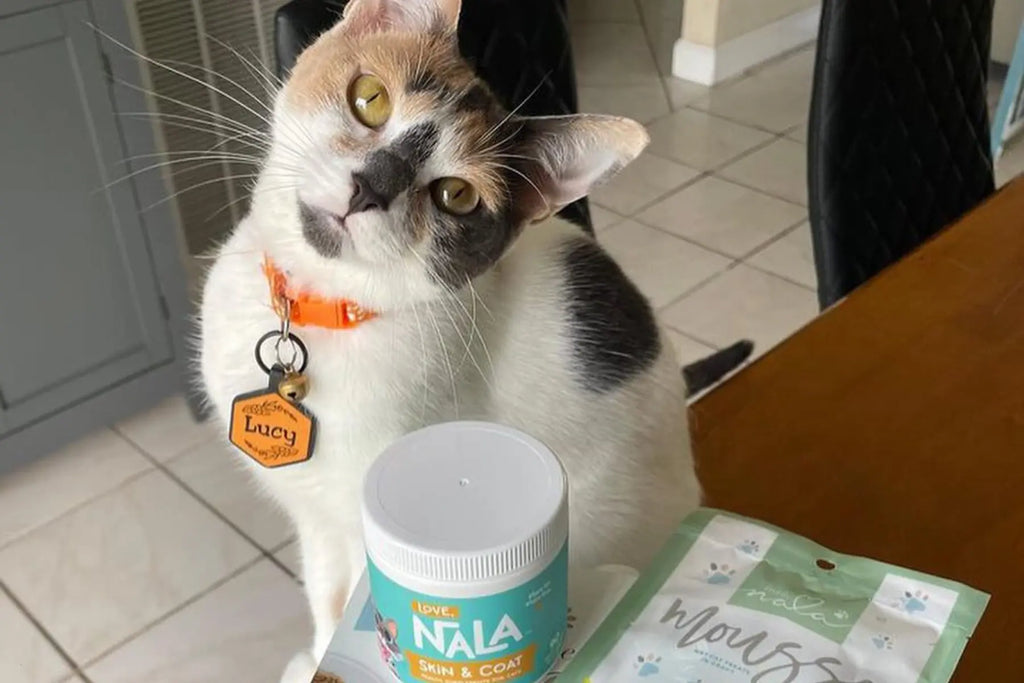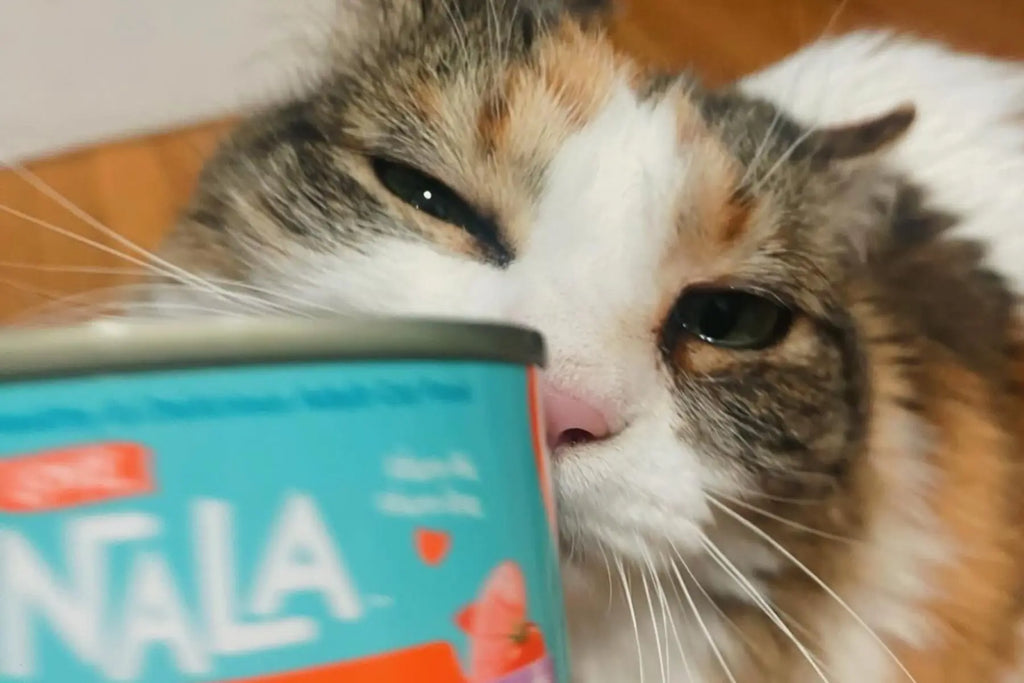Cats, as obligate carnivores, have a unique set of nutritional requirements. Unlike omnivores such as humans or dogs, they thrive primarily on a diet rich in animal protein. Essential nutrients for our feline companions include proteins, amino acids, fats, vitamins, and minerals. In this context, high-quality protein sources become integral to a cat's well-being. Salmon, a potent source of protein and beneficial fats, often appears in various forms such as salmon dry cat food, salmon wet cat food, and even salmon raw cat food.
The Importance of Salmon as a Protein Source
Salmon stands as an exceptional protein source, marked by its completeness of amino acid profile. It contains all essential amino acids that your cat's body can't produce on its own, making it a prime contender for the best salmon cat food ingredient. Beyond this, its high digestibility ensures optimal nutrient absorption, a feature distinguishing the healthiest dry cat food options.

Salmon and Omega Fatty Acids: A Powerful Combination
Uniquely, salmon is teeming with Omega-3 and Omega-6 fatty acids. These fatty acids, apart from serving as a crucial energy source, contribute to various aspects of a cat's health from heart function to skin and coat quality. Salmon grain-free cat food harnesses these benefits, delivering essential nutrients without the potential downsides of grain-based diets.
The Multifaceted Benefits of Salmon in Cat Food
As a popular ingredient in cat food, salmon offers a wide range of benefits for feline health. From promoting a healthy coat to supporting heart health and improving vision, the inclusion of this nutritious fish in your pet's diet can have remarkable effects.
- Promoting a Healthy Coat - Grain-free salmon cat food can significantly enhance your pet's coat health. The Omega-3 and Omega-6 fatty acids in salmon maintain skin hydration and boost coat sheen, reducing dryness and itchiness. By incorporating salmon into their diet, cats can achieve a lustrous, glossy coat that not only looks beautiful but also indicates overall well-being.
- Supporting Heart Health - Omega-3 fatty acids, plentiful in the best salmon dry cat food, promote heart health. These nutrients play a crucial role in minimizing inflammation and preventing the build-up of harmful plaques in the arteries. By incorporating salmon into their diet, cats can experience improved cardiovascular functioning, leading to a healthier heart and reduced risk of heart-related issues.
- Improving Vision - Omega-3 fatty acids prove their worth yet again when it comes to supporting eye health and vision. Particularly crucial for kittens, these fatty acids contribute to retina development and function. By introducing salmon-based cat food early in a cat's life, you can provide the necessary nutrients for optimal eye health, ensuring that your feline companion can see clearly and navigate their surroundings with ease.
In addition to these key benefits, salmon also provides other essential nutrients such as protein, vitamins, and minerals that contribute to a well-rounded and balanced diet for your cat. It is worth noting that when choosing cat food, it's important to consider the quality and sourcing of the salmon, opting for high-quality, responsibly sourced options to ensure the best possible nutritional value for your pet.
Navigating the World of Salmon-Based Cat Food
When it comes to salmon-based cat food, finding the right balance between processed foods and fresh ingredients, considering the importance of transparency in cat food brands, and acknowledging individual cat preferences and dietary needs are crucial steps. By incorporating a mix of processed and fresh foods, selecting reputable brands with transparent sourcing practices, and tailoring the diet to your cat's preferences and requirements, you can ensure that your feline companion enjoys a nutritious and satisfying mealtime experience.
Striking a Balance: Processed Foods and Fresh Ingredients
In the quest for the best salmon wet cat food or dry variants, striking a balance between processed foods and fresh ingredients can be challenging. Both offer unique advantages. Processed cat foods provide convenience and measured nutrient composition. They undergo specific manufacturing processes to ensure a consistent texture, taste, and nutritional profile. These foods are often formulated to meet the dietary requirements of cats, ensuring they receive all the essential nutrients they need for optimal health. On the other hand, fresh ingredients, like raw salmon, offer a natural taste and texture that cats may prefer. The freshness of the ingredients can enhance the overall eating experience for your feline friend.
It's often wise to incorporate a mix of both, ensuring varied sources of nutrition and taste. Processed foods can serve as the foundation of your cat's diet, providing the necessary nutrients in a convenient package. However, adding fresh ingredients, such as small pieces of cooked salmon or other fish, can offer a delightful change of pace and introduce natural flavors to your cat's meals. This combination can satisfy both their nutritional requirements and their instinctual cravings.
The Importance of Transparency in Cat Food Brands
Selecting the right brand for salmon dry cat food or its wet counterpart requires scrutinizing the brand's ingredients and sourcing transparency. A reliable brand will clearly list its ingredients, specifying the protein sources. Look for brands that source responsibly, indicating the origin and quality of their salmon. Transparency in labeling and sourcing is crucial to ensure that the salmon used in the cat food is of high quality and free from any contaminants or harmful additives.
Additionally, reputable brands often provide detailed information about their manufacturing processes, quality control measures, and any certifications they hold, demonstrating their commitment to producing safe and nutritious cat food.
Individual Cat Preferences and Dietary Needs
Cats, like humans, possess their own food preferences and dietary needs. While one might relish grain-free cat food salmon, another might lean towards salmon grain-free cat food with additional ingredients like vegetables or other meats. Understanding your cat's preferences can help you tailor their diet to their liking, making mealtime a more enjoyable experience for them. Plus, cats with specific dietary restrictions or sensitivities might require specialized diets, underlining the need for an individualized approach to feeding. Consulting with a veterinarian can provide valuable insights into your cat's unique dietary needs and help you choose the most suitable salmon-based cat food for them.

Actionable Tips for Incorporating Salmon into a Cat's Diet
When it comes to integrating salmon or salmon-based cat food into your pet's diet, a gradual introduction is key. Start by mixing a small amount of the new salmon wet cat food or dry variant into their current diet, gradually increasing the proportion over several days. This helps ease any digestive adjustments and gauge your cat's acceptance of the new food.
A significant dietary change should never proceed without your veterinarian's guidance. Regular consultations ensure that your chosen salmon raw cat food or processed choice meets your cat's unique nutritional requirements and health status.
Incorporating salmon into your cat's diet brings an array of health benefits. From supporting a gleaming coat to promoting heart and vision health, this protein-rich, fatty acid-loaded ingredient can be a powerful dietary addition. However, always remember that individual needs may vary, and regular veterinary consultations are vital to making informed decisions about your cat's nutrition. Happy feeding!
